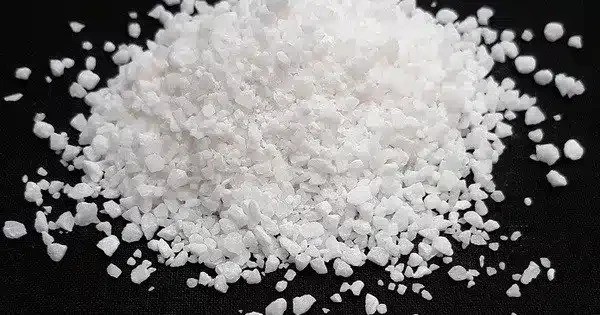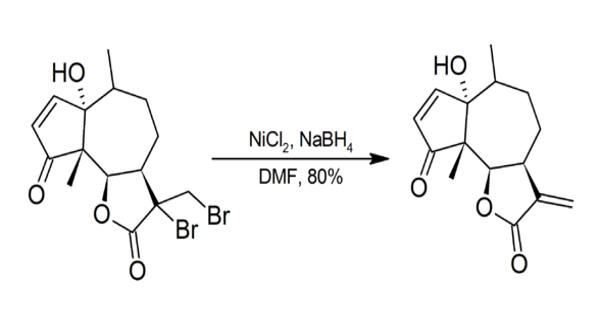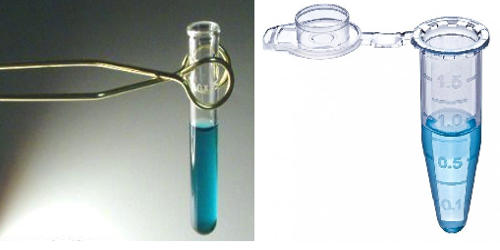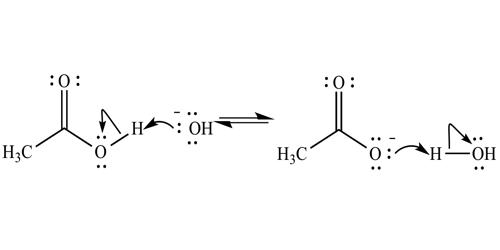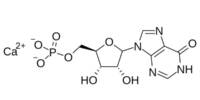Aluminium sulfacetate is a mixture of aluminium salts dissolved in water with formula Al2SO4(CH3CO2)4. It is a chemical compound formed by combining aluminium sulfate and aluminium acetate. It is primarily used as a mordant in textile dyeing, helping dyes bind to fabrics like cotton, cellulose fibers, and silk, often with dyes like alizarin. Its use requires careful handling due to potential environmental impacts from lead byproducts and the need for precise stoichiometric control during synthesis to achieve desired compositions.
Preparation
The compound is prepared by reacting aluminium sulfate with lead(II) acetate in a 2:1 ratio, yielding aluminium sulfacetate and lead sulfate as a byproduct. Basic variants, with hydroxide ions replacing some acetate ions, can be synthesized using sodium bicarbonate.
Reaction: Al₂(SO₄)₃·18H₂O + 2Pb(CH₃CO₂)₂·3H₂O → Al₂SO₄(CH₃CO₂)₄ + 2PbSO₄ + 24H₂O
Alternative Method: Basic aluminium sulfacetates can be synthesized using acetic acid and sodium bicarbonate instead of lead acetate, producing compounds with hydroxide groups, e.g., Al₂SO₄(CH₃CO₂)₃OH or Al₂SO₄(CH₃CO₂)₂(OH)₂.
Properties
Aluminium sulfacetate is a white, water-soluble solid that hydrolyzes in aqueous solutions, forming basic hydroxide/acetate salts. It is less common today due to improved mordanting alternatives but remains significant in specific industrial applications.
- Chemical Composition: It is an evenly balanced mixture of aluminium sulfate (Al₂(SO₄)₃) and aluminium acetate (Al(CH₃CO₂)₃).
- Physical Form: It is typically encountered as a solution or a solid mixture dissolved in water, often used in applications requiring its mordant properties.
- Solubility: As a mixture of aluminium salts, it is soluble in water, which facilitates its use in aqueous solutions for industrial applications.
- Chemical Behavior: It can exist in basic forms, where hydroxide ions replace some acetate ions, forming compounds like Al₂SO₄(CH₃CO₂)₄₋ₙ(OH)ₙ, with n ranging from 0 to 4. These basic forms are prepared using reagents like sodium bicarbonate.
- Reactivity: It reacts as a mordant, binding dyes to fabrics by forming complexes with polyvalent metal ions (Al³⁺).
- Acidity: The compound is acidic due to the presence of aluminium ions, which can hydrolyze in water to form acidic solutions, a property inherited from aluminium sulfate.
Natural Occurrence
Aluminium sulfacetate does not occur naturally as a distinct mineral or compound in the environment. Its parent compound, aluminium sulfate, occurs naturally as the rare mineral millosevichite in volcanic environments or burning coal-mining waste dumps, and as alunogen in its hydrated form. However, aluminium sulfacetate itself is a synthetic compound primarily produced for industrial purposes.en.wikipedia.orgen.m.wikipedia.org
Industrial and Commercial Presence
Aluminium sulfacetate is predominantly found in industrial settings, particularly in the textile industry, where it is used as a mordant to fix dyes onto fabrics. It is prepared in controlled laboratory or industrial processes rather than being sourced from natural deposits. In 1899, Albert Ganswindt recommended using pure preparations of aluminium sulfacetate over impure “empyreumatic” versions, which carried odors from burning organic matter (e.g., pyroligneous acid used in preparation).en.wikipedia.org
Uses
It is an evenly balanced mixture of aluminium sulfate and aluminium acetate. It can be used as a mordant, which is a substance used to set dyes on fabrics that typically contains a polyvalent metal ion like aluminium or iron, In mixtures with basic aluminium diacetate or aluminium sulfacetate, aluminium triacetate has been used as a mordant with alizarin dye.
- Textile Industry: Aluminium sulfacetate is widely used as a mordant in dyeing and printing textiles. It facilitates the binding of dyes (e.g., alizarin) to fabric fibers by forming insoluble complexes, enhancing color fastness.
- Historical Context: Its use as a mordant has been noted since the late 19th century, with efforts to refine its preparation to avoid impurities that could affect dyeing quality.
Toxicity
Specific toxicity data for aluminium sulfacetate is limited, but as a derivative of aluminium sulfate, it may pose similar risks. Aluminium sulfate is non-toxic in small amounts but can cause irritation to the skin, eyes, or respiratory system if mishandled. Large doses or prolonged exposure may lead to health issues, such as gastric irritation or environmental concerns if released in excess.chemicalbook.comvedantu.com
